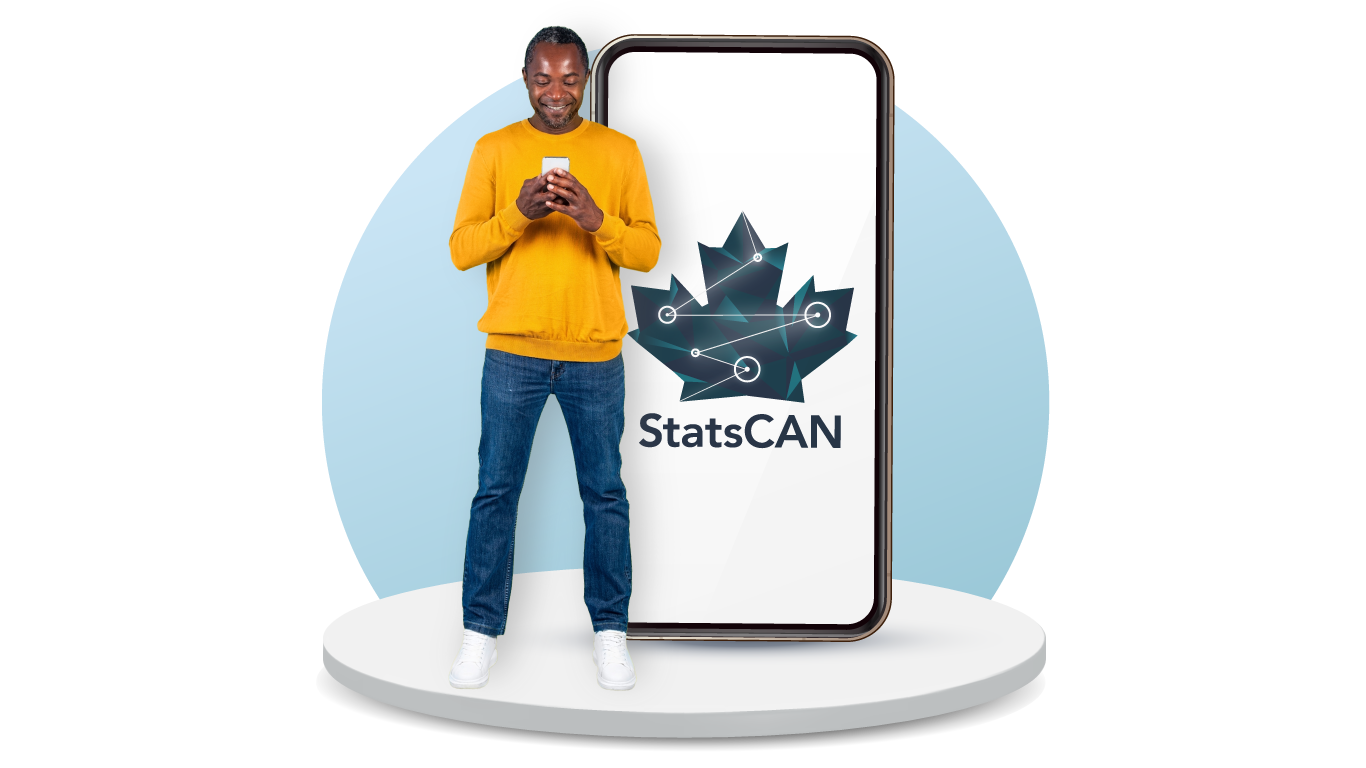
Ever wonder how your quality of life compares with those living in other cities or towns in Canada? How do factors that affect quality of life, such as poverty rates and housing needs, vary depending on where you live?
Statistics Canada’s Municipal Quality of Life Dashboard may have the answers to these questions.
Using data from the Census of Population, this dashboard allows users to examine the latest data for four indicators of the Quality of Life Framework for Canada: housing needs, poverty, postsecondary attainment, and knowledge of official languages.
Not only can you find details about your own hometown or city, but the interactive dashboard makes it easy to compare these quality of life indicators across different municipalities in Canada.
For example, we used the dashboard to look at how some of these indicators varied from the West coast to the East coast. We looked at the westernmost capital city, Victoria, British Columbia, and compared it to the easternmost capital city, St. John’s, Newfoundland and Labrador.
We found that in 2020, these two capital cities had similar poverty rates. At 13.2%, the poverty rate in Victoria was just slightly higher than it was in St. John’s (12.3%). In both cities, the poverty rate was highest among 18-to-24-year-olds (30.6% in Victoria and 28.1% in St. John’s).
Next, we looked at the postsecondary attainment in each city. In 2021, the proportion of the population that had received a postsecondary certificate, diploma or degree was higher in Victoria (67.9%) than it was in St. John’s (61.4%).
The poverty rate and post-secondary attainment are just some of the indicators featured on this dashboard that help us paint a picture of quality of life in select municipalities.
To explore your own municipality, check out the dashboard here.
For more information on indicators related to quality of life, check out Canada's Quality of Life Framework, which brings together data from the Census of Population and other sources to form 84 indicators that measure objective and subjective societal, environmental, and economic well-being.
To explore how select quality of life indicators vary across provinces and territories, urban and rural areas, and other demographic characteristics, check out the Selected indicators of quality of life in Canada dashboard.

StatsCAN app
Did you know you can read StatsCAN Plus articles and more on the StatsCAN app? If you’re already using the app, let us know what you think by leaving a review in the App Store and Google Play.
Contact information
For more information, contact the Statistical Information Service (toll-free 1-800-263-1136; 514-283-8300; infostats@statcan.gc.ca) or Media Relations (statcan.mediahotline-ligneinfomedias.statcan@statcan.gc.ca).
